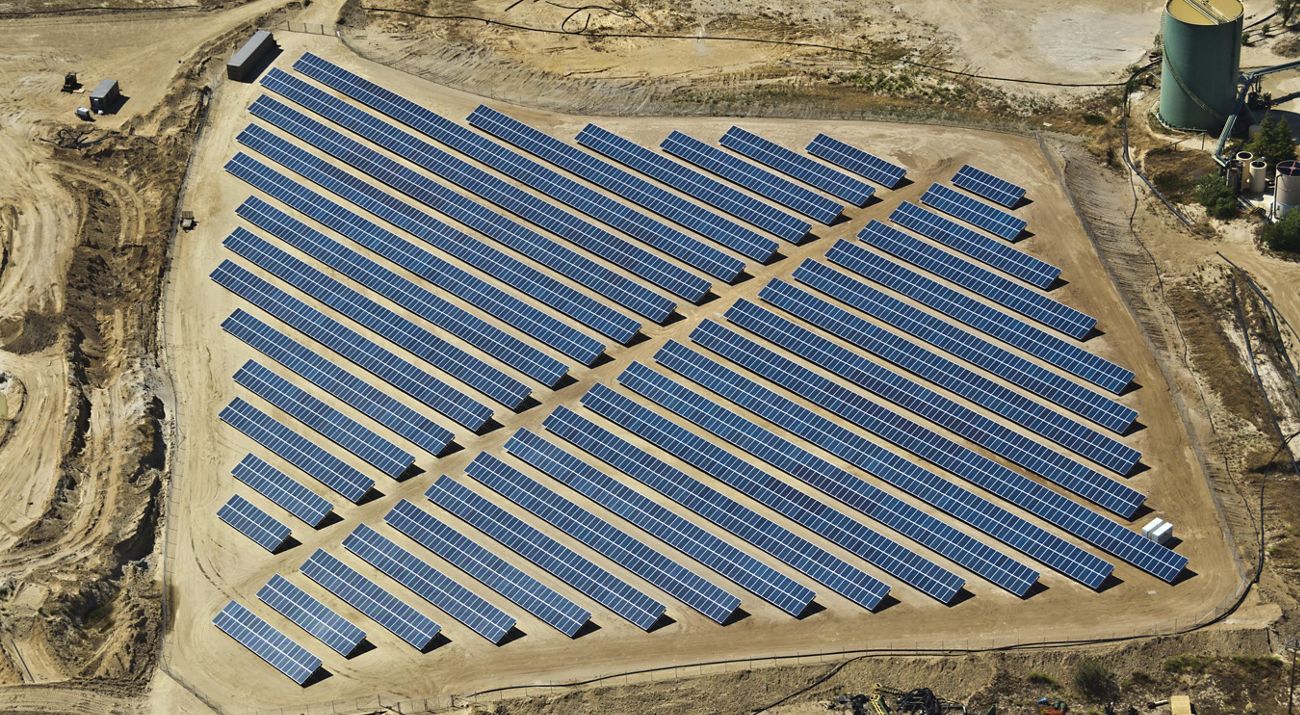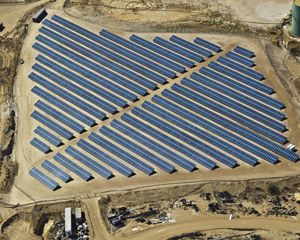Media Contacts
-
Julia Leopold
Associate Director of Communications, Renewable Energy
The Nature Conservancy
Email: julia.leopold@tnc.org
“We are thrilled to learn of the Department of Energy’s announcement today allocating $475 million from the Clean Energy Demonstration Program on Current and Former Mine Land (CEML) to projects that build clean energy on industrialized land," said Beth Wheatley, The Nature Conservancy Deputy Director of the North America Climate Mitigation Program. "TNC strongly supported CEML’s inclusion in the Infrastructure Investment and Jobs Act as part of our commitment to accelerating the clean energy buildout while minimizing impacts to nature and contributing to local economies.
The overwhelming number of applicants for CEML funding is a testament to the widespread interest and enthusiasm for these types of energy projects, highlighting the collective desire to advance renewable energy while avoiding development on green spaces. Our hope is that the funded projects will not only minimize impacts to plants and wildlife, but will go above and beyond in seeking opportunities to engage and benefit communities.
We look forward to learning more about the specific projects that received funding and are eager to work with the Department of Energy and its partners to understand the challenges these projects seek to overcome and resulting best practices.”
The Nature Conservancy is a global conservation organization dedicated to conserving the lands and waters on which all life depends. Guided by science, we create innovative, on-the-ground solutions to our world’s toughest challenges so that nature and people can thrive together. We are tackling climate change, conserving lands, waters and oceans at an unprecedented scale, providing food and water sustainably and helping make cities more resilient. The Nature Conservancy is working to make a lasting difference around the world in 81 countries and territories (40 by direct conservation impact and 41 through partners) through a collaborative approach that engages local communities, governments, the private sector, and other partners. To learn more, visit nature.org or follow @nature_press on X.



